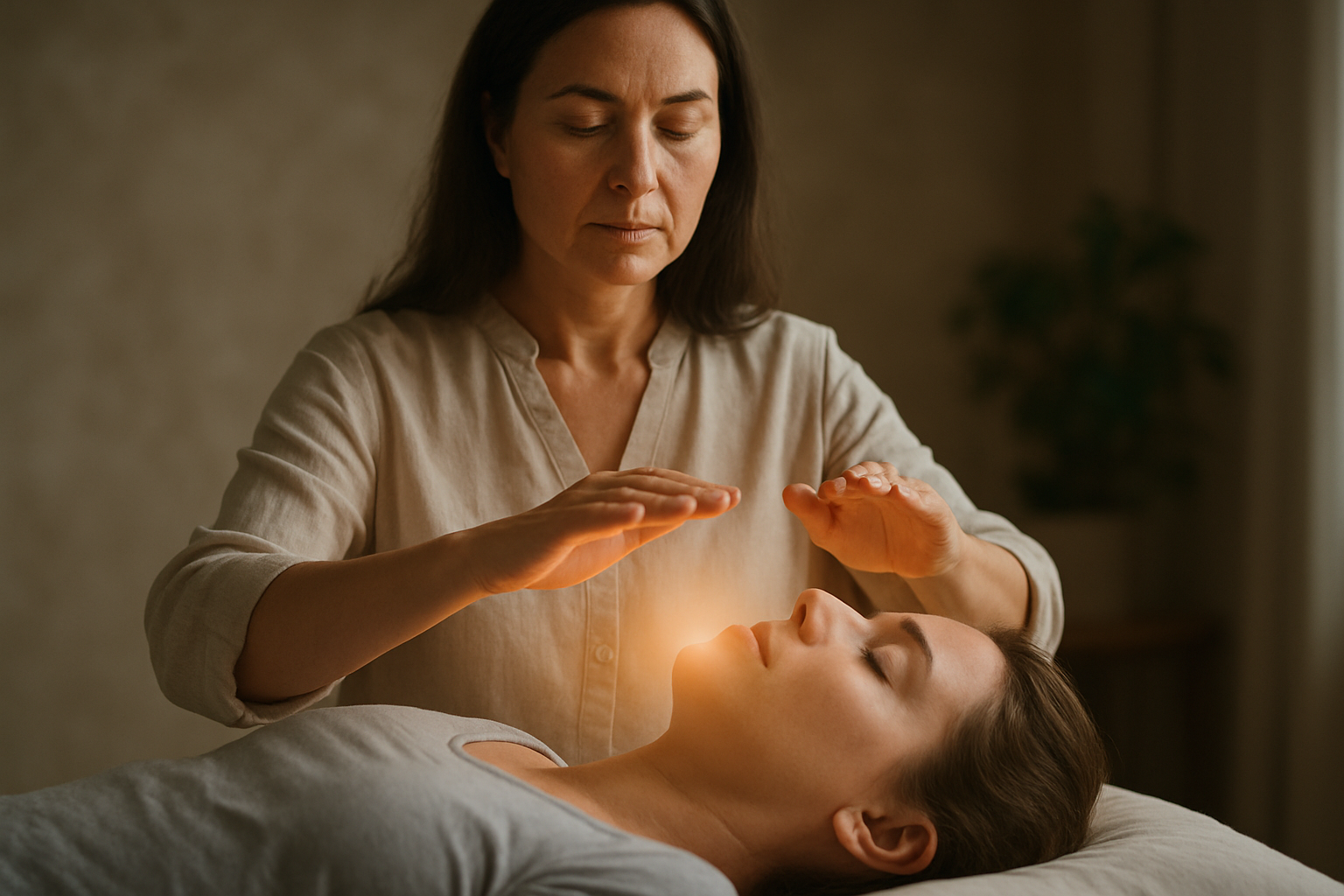Chromotherapy: The Spectrum of Wellness
In a world where self-care and holistic approaches to health are gaining momentum, an intriguing practice is emerging from the shadows of alternative medicine: chromotherapy. This captivating treatment, also known as color therapy, harnesses the power of different hues to promote physical, emotional, and mental well-being. While the concept of using color for healing dates back to ancient civilizations, modern practitioners are breathing new life into this age-old technique, blending scientific principles with alternative therapies to create a unique approach to wellness. As the beauty and fitness industries continue to evolve, chromotherapy is poised to make a significant impact, offering a fresh perspective on how we perceive and utilize color in our daily lives.

Practitioners of chromotherapy believe that different colors can stimulate or calm various systems in the body, helping to restore balance and promote healing. For example, blue is often associated with calming properties and may be used to reduce stress and anxiety, while red is thought to stimulate energy and circulation. Green is believed to have a balancing effect on the body and mind, while yellow is linked to improved mental clarity and focus.
A Colorful History: The Origins of Color Therapy
The use of color for healing purposes can be traced back to ancient civilizations, including the Egyptians, Greeks, and Chinese. In ancient Egypt, healers used specially designed temples with colored glasses to bathe patients in specific hues of light. The Greeks associated different colors with the four elements and used this knowledge in their healing practices.
In the modern era, chromotherapy gained renewed interest in the late 19th and early 20th centuries. Pioneers like Edwin Babbitt and Dinshah Ghadiali developed sophisticated systems of color therapy, laying the groundwork for contemporary practices. Babbitt’s 1878 book, “The Principles of Light and Color,” presented a comprehensive theory of healing with color, while Ghadiali’s Spectro-Chrome system, introduced in 1920, used colored lights to treat various ailments.
The Science of Color: Exploring the Physiological Effects
While skeptics may dismiss chromotherapy as pseudoscience, emerging research suggests that color can indeed have measurable effects on our physiology. Studies have shown that exposure to different colors can influence heart rate, blood pressure, and even hormone production. For instance, research has demonstrated that blue light can help regulate circadian rhythms and improve sleep quality, while red light therapy has shown promise in promoting skin healing and reducing inflammation.
The field of photobiomodulation, which studies the effects of light on biological tissues, provides a scientific basis for some of the claims made by chromotherapy practitioners. This research has led to the development of FDA-approved light therapies for conditions such as seasonal affective disorder and certain skin conditions.
Painting the Town: Chromotherapy in Beauty and Wellness
As the beauty and wellness industries continue to embrace holistic approaches, chromotherapy is finding its way into spas, salons, and fitness centers. Many high-end spas now offer chromotherapy treatments, often combining color therapy with other modalities such as massage or hydrotherapy. These treatments typically involve lying in a room or pod bathed in specific colors of light, with the aim of promoting relaxation, rejuvenation, or specific healing effects.
In the realm of skincare, some brands are incorporating chromotherapy principles into their products and treatments. LED light therapy masks, which use different colors of light to target various skin concerns, have gained popularity in recent years. Red light is often used for anti-aging purposes, blue light for acne treatment, and green light for hyperpigmentation.
Fitness enthusiasts are also exploring the potential benefits of chromotherapy. Some gyms and yoga studios are experimenting with colored lighting during workouts, believing that certain hues can enhance performance, focus, or relaxation. For example, blue lighting might be used in cool-down areas to promote calmness, while energizing red or orange lights could be employed in high-intensity workout zones.
A Palette of Possibilities: The Future of Chromotherapy
As interest in chromotherapy grows, researchers and practitioners are exploring new applications and refining existing techniques. One promising area of development is the integration of chromotherapy with other technologies, such as virtual reality and biofeedback systems. These combinations could allow for more personalized and targeted color therapy experiences, tailored to an individual’s specific needs and responses.
Another exciting frontier is the use of chromotherapy in architectural design and interior spaces. The concept of “healing environments” is gaining traction in healthcare settings, with hospitals and clinics incorporating color psychology and light therapy principles into their designs. This approach aims to create spaces that not only look appealing but actively contribute to patients’ well-being and recovery.
As our understanding of the complex interplay between light, color, and human physiology deepens, chromotherapy may evolve from an alternative practice to a more widely accepted complementary therapy. While it’s important to approach color therapy with a critical eye and recognize its limitations, the growing body of research and anecdotal evidence suggests that there may be more to this colorful practice than meets the eye.
In a world often characterized by stress, disconnection, and sensory overload, chromotherapy offers a unique and accessible way to reconnect with the healing power of nature’s palette. As we continue to explore the spectrum of wellness, this vibrant therapy may just paint a brighter future for health and self-care.





